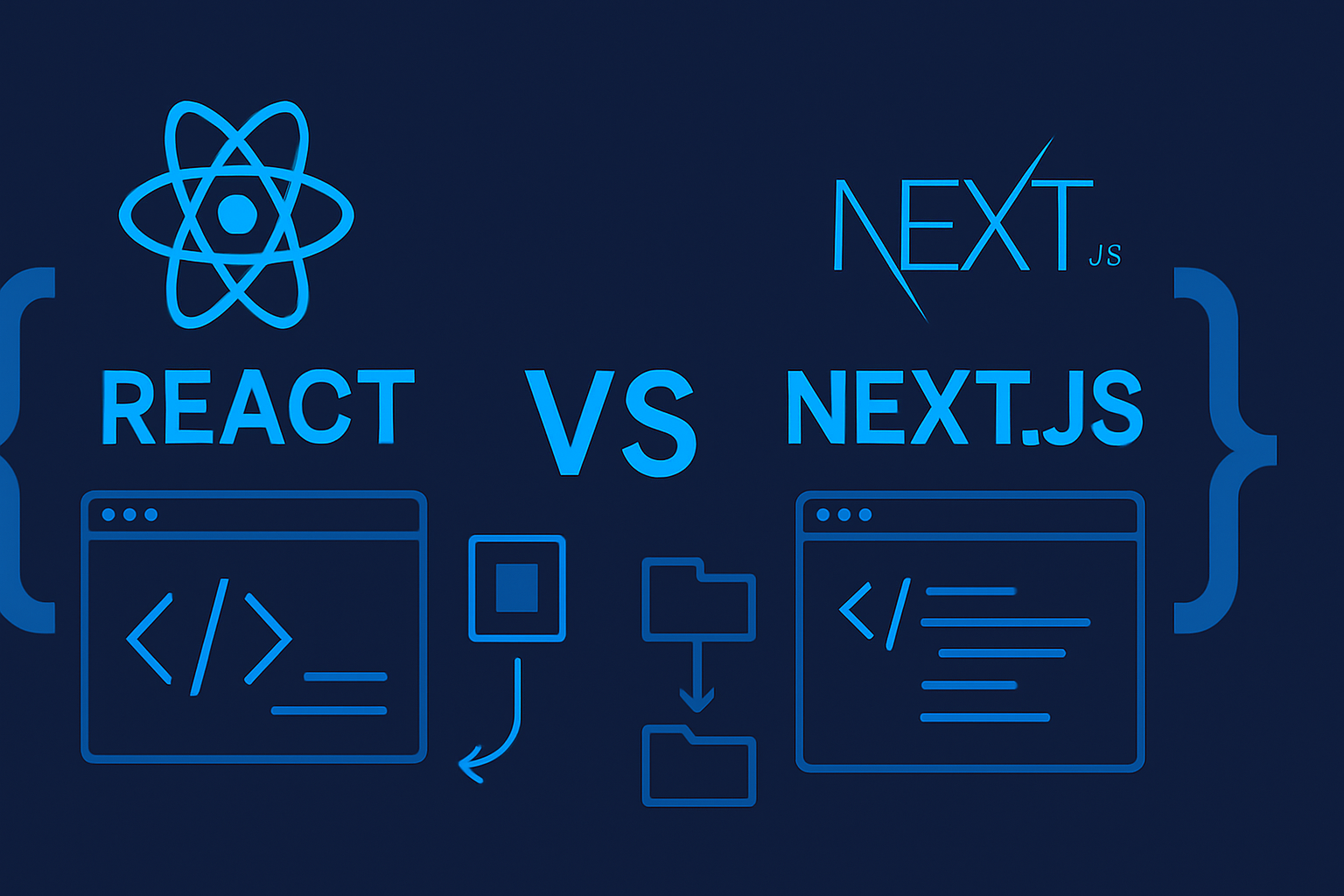
The Great Framework Debate: React vs Next.js
Choosing the right web development framework represents one of the most critical decisions that can ultimately make or break your business application's success. The selection between React and Next.js requires careful consideration of project requirements, team capabilities, and long-term business objectives. Understanding the strengths and ideal use cases for each framework ensures that your development team can deliver exceptional results that meet both current needs and future growth requirements.
React: The Flexible Foundation
React continues to maintain its position as the most popular library for building sophisticated user interfaces, offering developers unmatched flexibility and access to a massive ecosystem of components, tools, and community resources. This powerful library excels in creating complex single-page applications where maximum customization and fine-grained control over the user experience are paramount. React proves particularly valuable for projects requiring extensive customization capabilities, especially when working with development teams that possess deep React expertise and experience. Applications with unique routing requirements or highly specialized user interface needs often benefit significantly from React's flexible architecture and comprehensive control over application behavior.
Next.js: React Enhanced with Powerful Features
Next.js builds upon React's solid foundation by adding server-side rendering capabilities, automatic code splitting, and numerous developer-friendly features that come pre-configured out of the box. This enhanced framework represents the ideal choice for e-commerce websites that require robust search engine optimization capabilities to attract and convert customers effectively. Content-heavy sites and blogs benefit tremendously from Next.js's server-side rendering, which ensures fast initial load times and excellent search engine visibility. Development teams seeking rapid development cycles appreciate Next.js's convention-over-configuration approach, which accelerates project delivery while maintaining high code quality and performance standards.
Performance Considerations and Trade-offs
When evaluating performance characteristics, Next.js typically delivers superior out-of-the-box performance for content-focused websites through its server-side rendering capabilities and automatic optimization features. However, React provides developers with more granular control over performance optimization strategies, making it particularly suitable for highly interactive applications where custom optimization approaches yield better results. The choice between frameworks often depends on whether your project prioritizes immediate performance benefits or requires the flexibility to implement specialized performance optimization strategies tailored to specific application requirements.
Strategic Framework Selection for Business Success
For the majority of business applications being developed in 2025, Next.js provides the optimal balance of performance capabilities, SEO functionality, and developer experience that supports rapid time-to-market and long-term maintainability. This framework choice becomes particularly advantageous for businesses prioritizing search engine visibility, fast page load times, and streamlined development processes. However, React remains the superior choice when projects demand maximum architectural flexibility or involve building complex single-page applications with highly specialized user interaction patterns that require custom routing solutions and extensive interface customization capabilities.